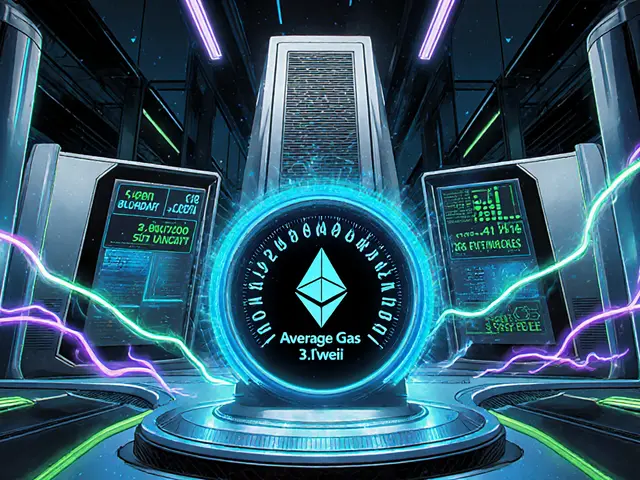Overledger – Blockchain Interoperability Explained
When working with Overledger, a cross‑chain operating system that lets different blockchains talk to each other. Also known as the Quant Overledger, it provides a set of APIs and standards so developers can build multi‑chain applications without rewriting code for each network. Overledger enables seamless token swaps, data sharing, and smart‑contract execution across ecosystems like Ethereum, Bitcoin, and emerging layer‑2s. This ability drives new DeFi products that were impossible on isolated chains.
Why Overledger Matters in Today’s Crypto Landscape
One core related entity is blockchain interoperability, the practice of linking separate ledgers so assets and information can flow freely. Interoperability requires common protocols, and Overledger supplies that glue. Another key player is DeFi, decentralized finance applications that run on smart contracts. DeFi benefits from Overledger because users can access liquidity pools, yield farms, and synthetic assets from multiple chains in a single interface. At the same time, crypto regulation, the set of rules governing digital assets in different jurisdictions shapes how Overledger is adopted; compliant cross‑chain bridges help exchanges meet AML/KYC standards while still offering innovative services.
Overall, Overledger sits at the intersection of these forces: it connects blockchains, empowers DeFi creators, and adapts to regulatory demands. Below you’ll find a curated mix of articles that dive into token specifics, market trends, exchange reviews, and compliance insights—all tied together by the theme of cross‑chain potential. Ready to see how Overledger could change the way you trade, invest, or develop on crypto? Continue scrolling for the full collection of guides and analyses.

Quant (QNT) is a blockchain interoperability platform that uses the QNT token to connect private and public ledgers. Learn how Overledger works, its use cases, token economics, and how it stacks up against Polkadot, Cosmos, and Chainlink.
Continue Reading





